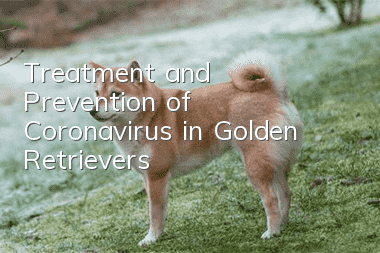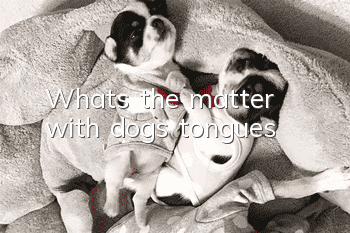The Benefits and Disadvantages of Dog Neutering Are you still struggling with the issue of neutering?

The benefits of dog neutering
1. It can improve your quality of life, avoid complaints for disturbing others, and your home will be much cleaner.
2. Avoid causing distress to yourself or others due to animals in heat. For example, when a female dog is in heat, many amorous male dogs urinate, defecate, fight, etc. everywhere, which is a nuisance.
3. Disinfection can prevent some diseases. Such as: pyometra, diseases caused by ovarian cysts, sexually transmitted diseases, prostate enlargement and other problems. Surgery before the age of one can also prevent the development of breast tumors.
4. After sterilization of dogs, male dogs will become docile, less wild, and their territorial protection characteristics will also be weakened; female dogs will lose their normal menstrual cycle due to sterilization. The menstrual cycle of wolves is six Monthly cycle. Without a cycle, there will naturally be no blood staining the home.
Eight common diseases of unneutered dogs
1. Pyometra: mostly occurs in old dogs over 7 years old, and the incidence rate is quite high in unneutered old female dogs . This disease often only has symptoms of frequent thirst and frequent urination when it first occurs. If it is not an open type with a large amount of secretions, the owner will not pay much attention. If it is delayed for a long time, the body tissues will be damaged due to the absorption of bacterial endotoxins, and in severe cases, it may lead to kidney failure, which cannot be treated. Atretic pyometra that cannot drain out will cause peritonitis when the uterus ruptures due to collision or excessive pus, which can quickly lead to death.
2. Endometritis: Due to hormonal factors after estrus, the uterus is prone to infection. A small amount of secretion can be seen clinically, which can be controlled with medication. However, animals with this type of system can easily become infected with pyometra. cases, surgical resection is a once-and-for-all solution.
3. Mammary gland tumors: A common disease in unsterilized elderly animals. More than 50% of dogs have malignant tumors. Once this occurs, the chance of recurrence after resection is quite high. According to the literature, the cause of these diseases is hormonally related and is almost impossible to occur in animals neutered before one year of age.
4. Ovarian cysts: Animals will have persistent estrus, and some animals will have vaginal hyperplasia. Surgery to remove the ovaries can solve the problem.
5. Sexually transmitted diseases: Most are infected through mating. Sexual organ infection caused by mating, oral infection caused by licking diseased tissue, skin infection caused by wound contact, nasal infection caused by inhalation of tissue, and even brought into the abdominal cavity by surgical contamination... The animals have a bloody stench and are extremely uncomfortable.
6. Prostate enlargement: A common disease in elderly male dogs, which manifests as abdominal pain, difficulty urinating, and even hematuria. The treatment is to neuter to block male hormones and allow the glands to shrink naturally. Prevent the occurrence of this disease and eliminate the possibility of prostate tumors.
7. False pregnancy: Some female dogs will breastfeed and build nests after being in estrus. It seems theyAlready pregnant and about to give birth. This is an abnormal hormonal response. If this happens frequently, individual sterilization can be canceled.
8. Testicular tumors: When unneutered male animals with cryptorchidism age, the testicles that have not descended into the scrotum often turn into tumor tissue, and cryptorchidism itself is hereditary, so it is recommended to sterilize such animals.
- How long does dog hair loss last in spring? Teach poop owners several ways to reduce dog hair loss!
- Why is the dog always barking for no reason?
- What should I do if my golden retriever vomits after eating too much?
- Things to note when choosing puppy food
- The dog looks "guilty" after being taught a lesson by his owner. Does he really know he was wrong?
- What are the precautions and preparations for dog breeding? A complete guide to dog breeding!
- What are the symptoms of dog mite skin disease?
- A Practical Guide to Dog Bathing and Grooming in Winter
- The most effective way to deal with vomiting in dogs
- What medicine should a Pekingese dog take if it has a fever?



